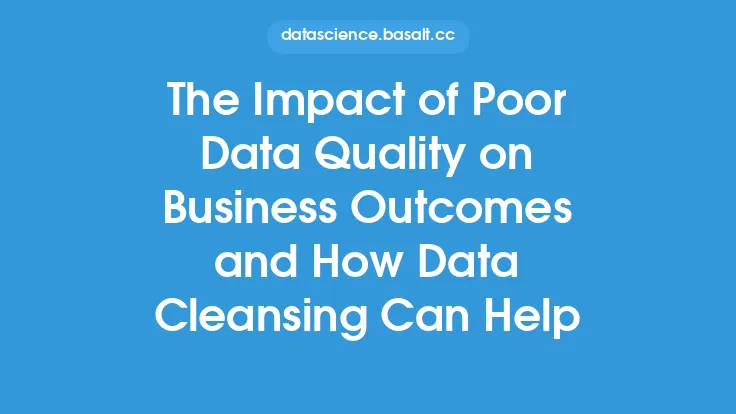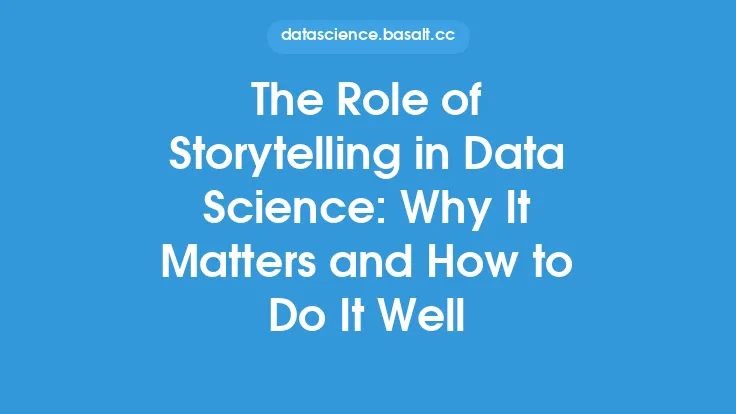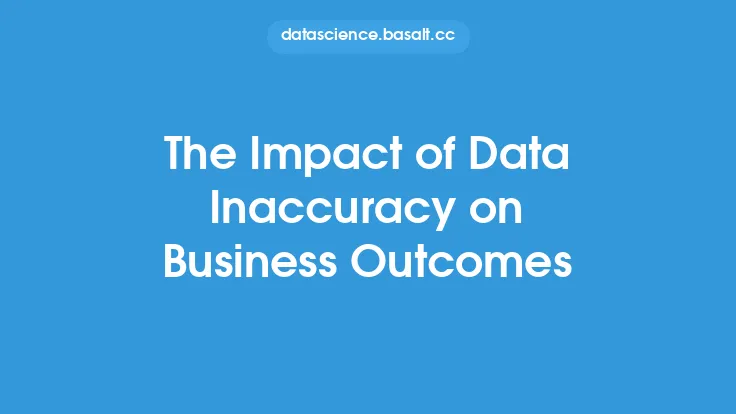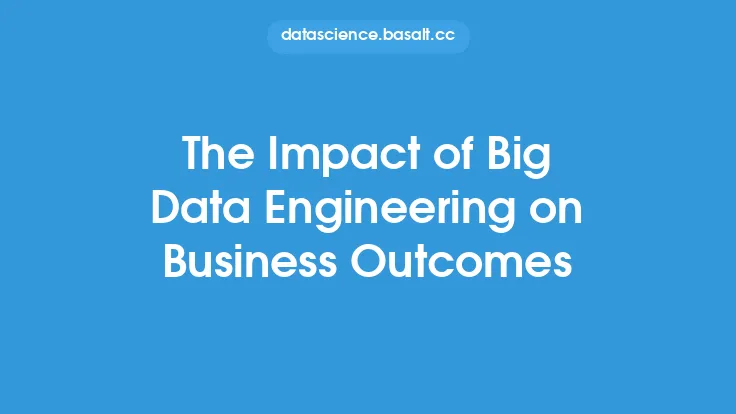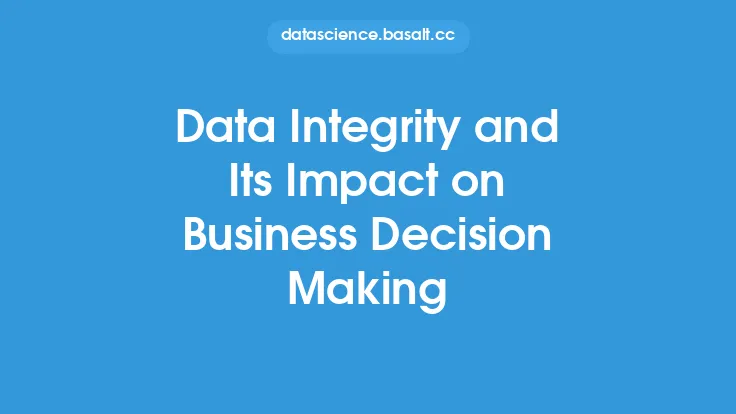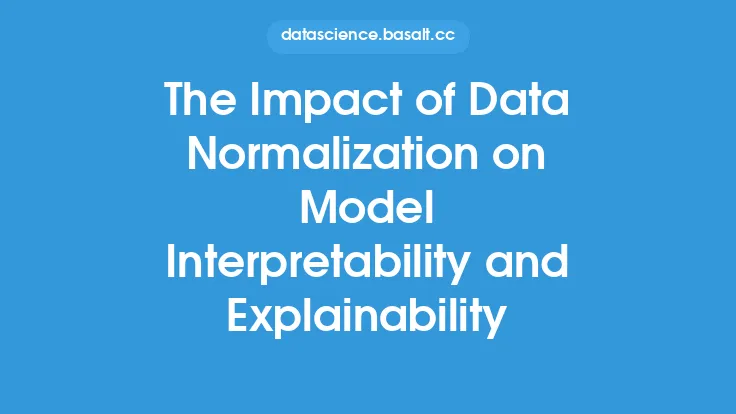In today's data-driven business landscape, organizations rely heavily on data to inform their decisions, drive growth, and stay competitive. However, the presence of inconsistent data can have far-reaching consequences, affecting not only the accuracy of business outcomes but also the overall reputation and success of the organization. Inconsistent data refers to data that is contradictory, incomplete, or inaccurate, and it can arise from various sources, including human error, system glitches, or inadequate data integration.
Understanding the Consequences of Inconsistent Data
The impact of inconsistent data on business outcomes can be significant, leading to poor decision-making, wasted resources, and lost opportunities. When data is inconsistent, it can lead to incorrect analysis, flawed insights, and misguided strategies. For instance, if a company's customer data is inconsistent, it may lead to incorrect targeting, resulting in wasted marketing efforts and a negative impact on sales. Similarly, inconsistent financial data can lead to incorrect financial reporting, which can have serious consequences, including regulatory penalties and damage to the company's reputation.
Identifying the Sources of Inconsistent Data
To avoid the consequences of inconsistent data, it is essential to identify the sources of the problem. Some common sources of inconsistent data include:
- Human error: Manual data entry, data processing, and data analysis can all be prone to human error, leading to inconsistencies in the data.
- System glitches: Technical issues, such as software bugs or hardware failures, can cause data inconsistencies.
- Inadequate data integration: When data from different sources is not properly integrated, it can lead to inconsistencies and discrepancies.
- Lack of data standardization: When data is not standardized, it can lead to inconsistencies in formatting, terminology, and coding.
- Insufficient data validation: When data is not properly validated, it can lead to inconsistencies and errors.
Strategies for Avoiding Inconsistent Data
To avoid the consequences of inconsistent data, organizations can implement several strategies, including:
- Data standardization: Establishing standardized formats, terminology, and coding can help ensure consistency across different data sources.
- Data validation: Implementing data validation rules and checks can help ensure that data is accurate and consistent.
- Data integration: Properly integrating data from different sources can help ensure that data is consistent and accurate.
- Automated data processing: Automating data processing and analysis can help reduce the risk of human error and ensure consistency.
- Data quality monitoring: Regularly monitoring data quality can help identify and address inconsistencies before they become major issues.
Technical Solutions for Ensuring Data Consistency
In addition to the strategies mentioned above, there are several technical solutions that can help ensure data consistency, including:
- Data governance tools: These tools can help establish and enforce data standards, ensure data quality, and monitor data consistency.
- Data integration platforms: These platforms can help integrate data from different sources, ensuring that data is consistent and accurate.
- Data validation software: This software can help validate data against predefined rules and checks, ensuring that data is accurate and consistent.
- Data quality metrics: These metrics can help measure data quality and identify areas where data consistency needs to be improved.
- Data certification: This involves certifying data against predefined standards, ensuring that data is accurate, complete, and consistent.
Best Practices for Implementing Data Consistency
To ensure data consistency, organizations should follow best practices, including:
- Establishing clear data standards and policies
- Implementing data validation and data quality checks
- Regularly monitoring data quality and consistency
- Providing training and awareness programs for employees
- Continuously reviewing and updating data standards and policies
- Ensuring that data is properly documented and metadata is accurate
- Implementing data governance and data stewardship programs
Conclusion
Inconsistent data can have significant consequences for business outcomes, leading to poor decision-making, wasted resources, and lost opportunities. To avoid these consequences, organizations must identify the sources of inconsistent data and implement strategies for avoiding it. This includes data standardization, data validation, data integration, automated data processing, and data quality monitoring. Technical solutions, such as data governance tools, data integration platforms, and data validation software, can also help ensure data consistency. By following best practices and implementing these strategies and solutions, organizations can ensure that their data is accurate, complete, and consistent, leading to better business outcomes and a competitive advantage.
